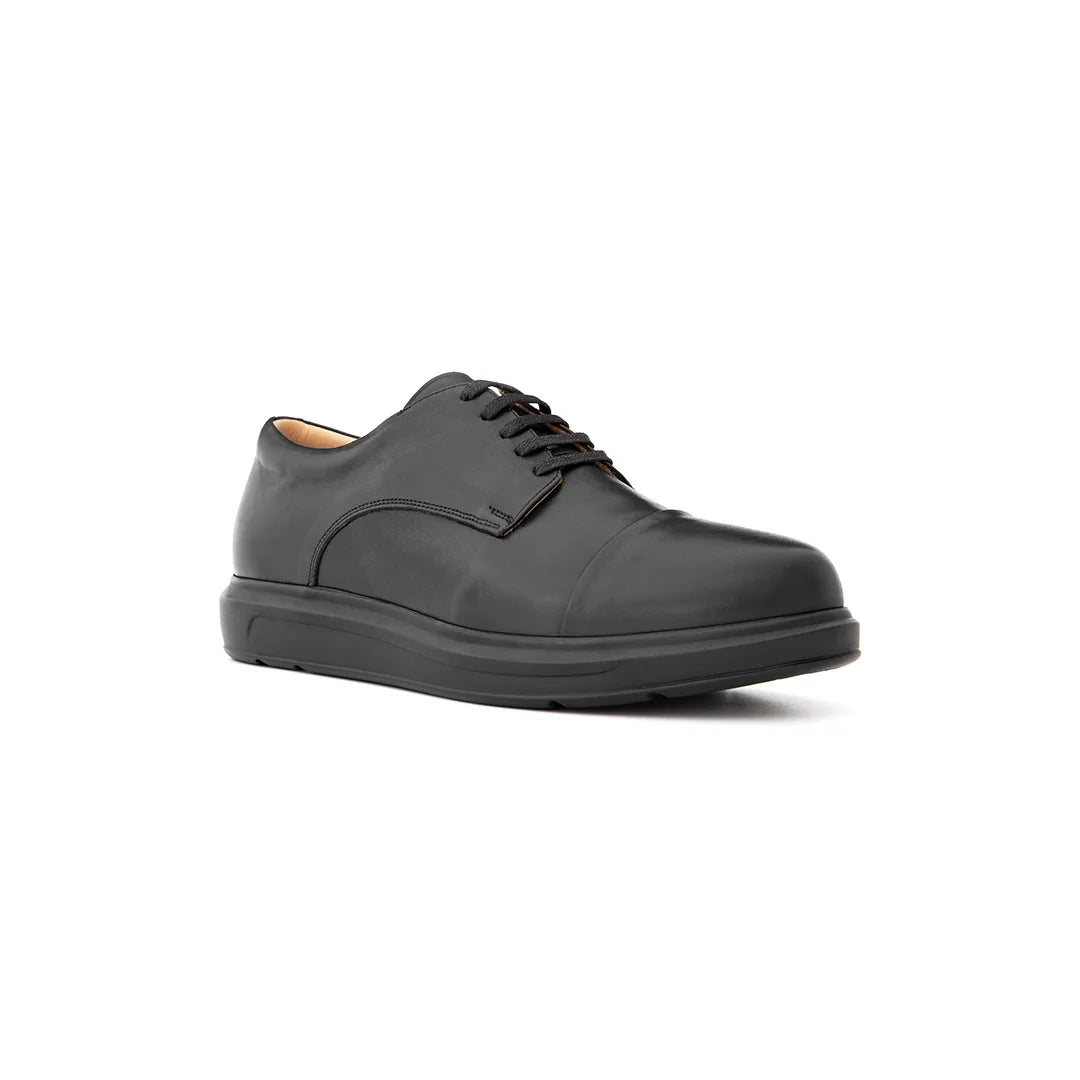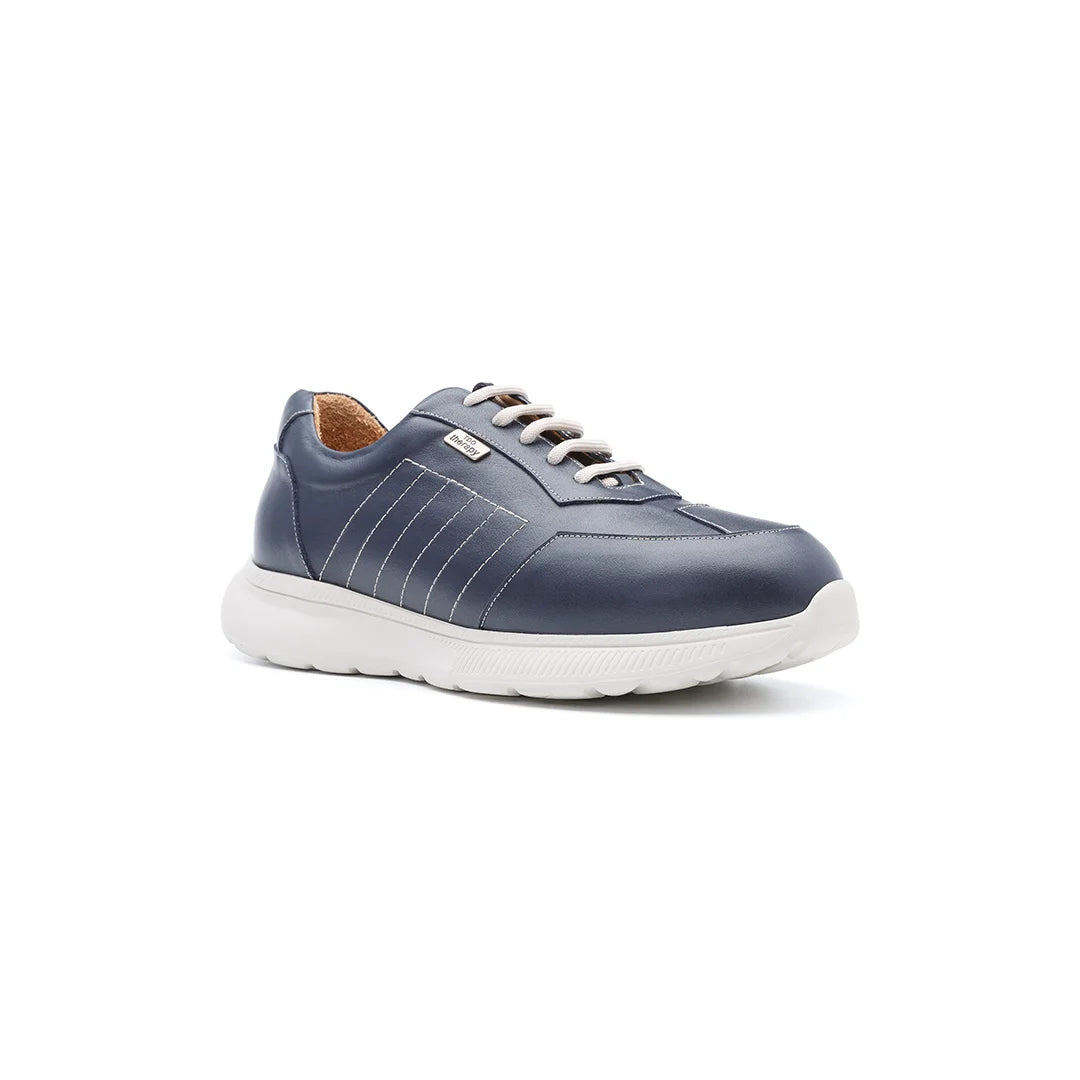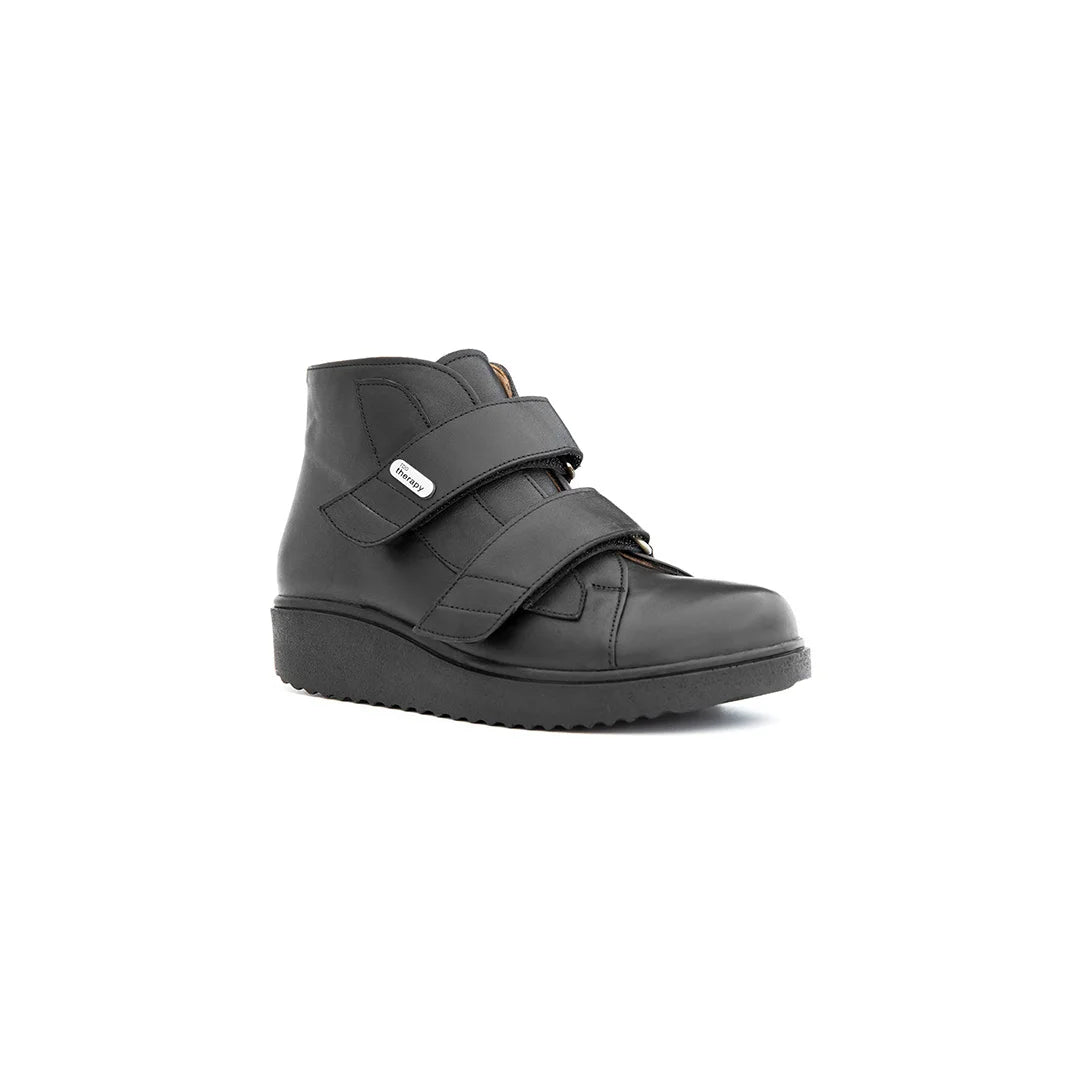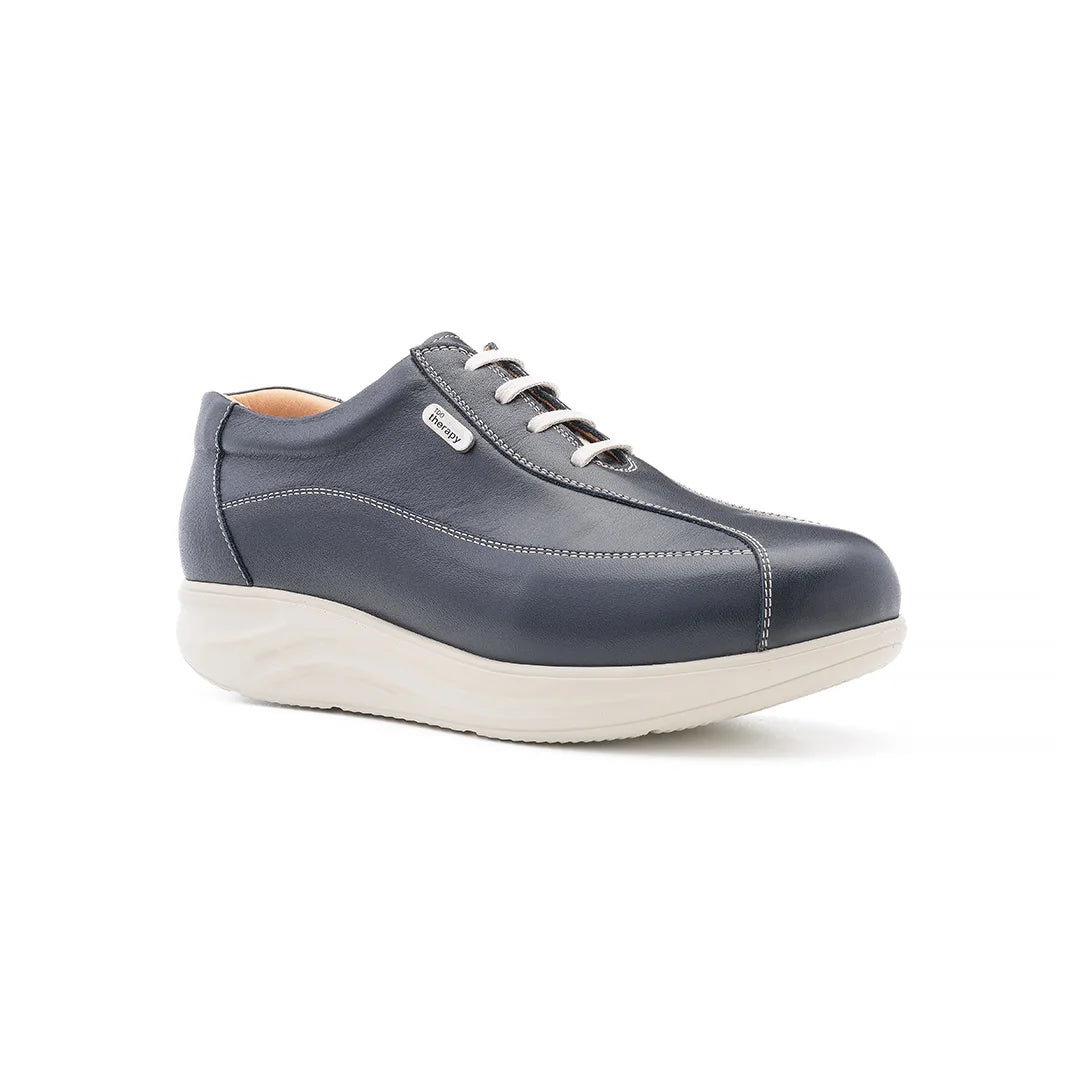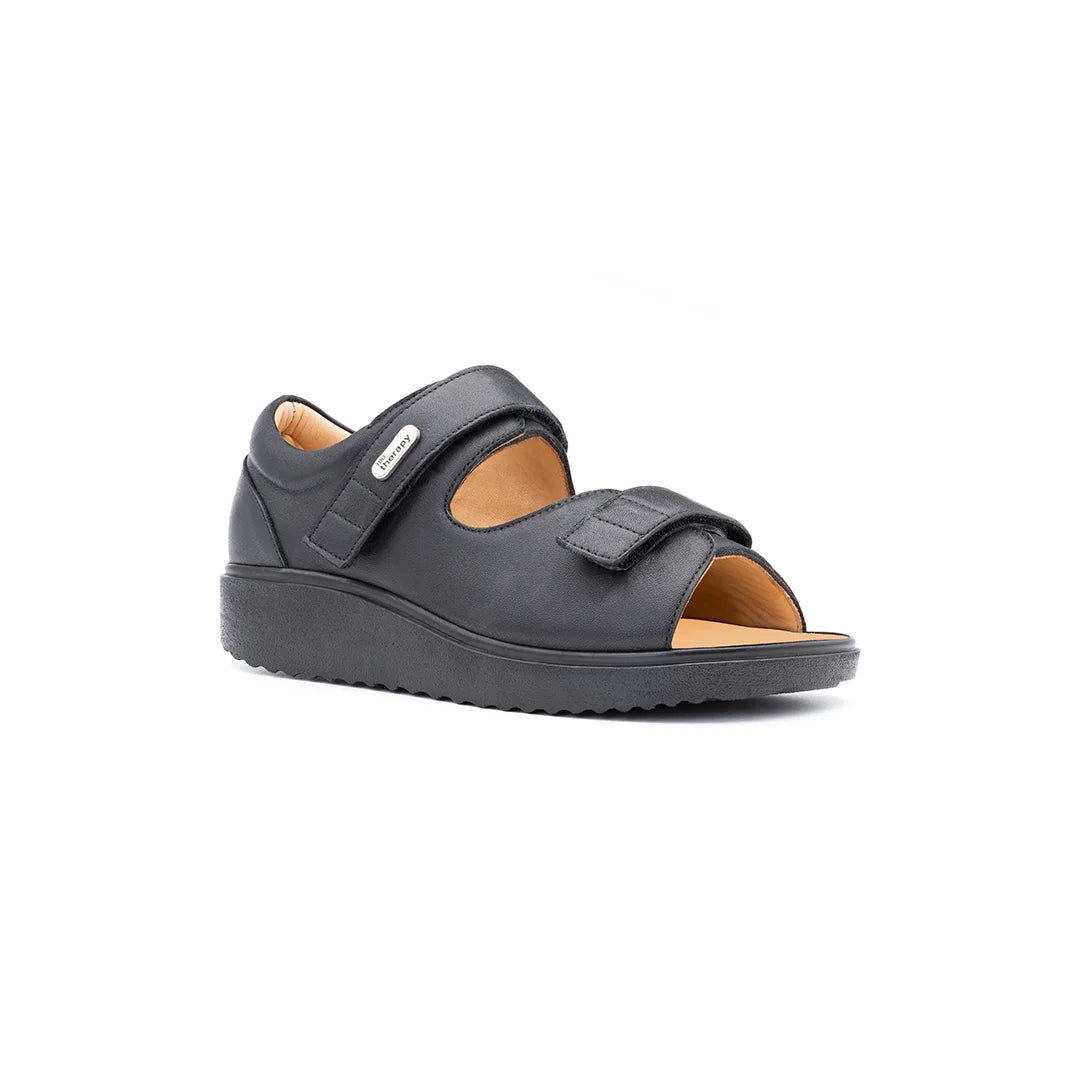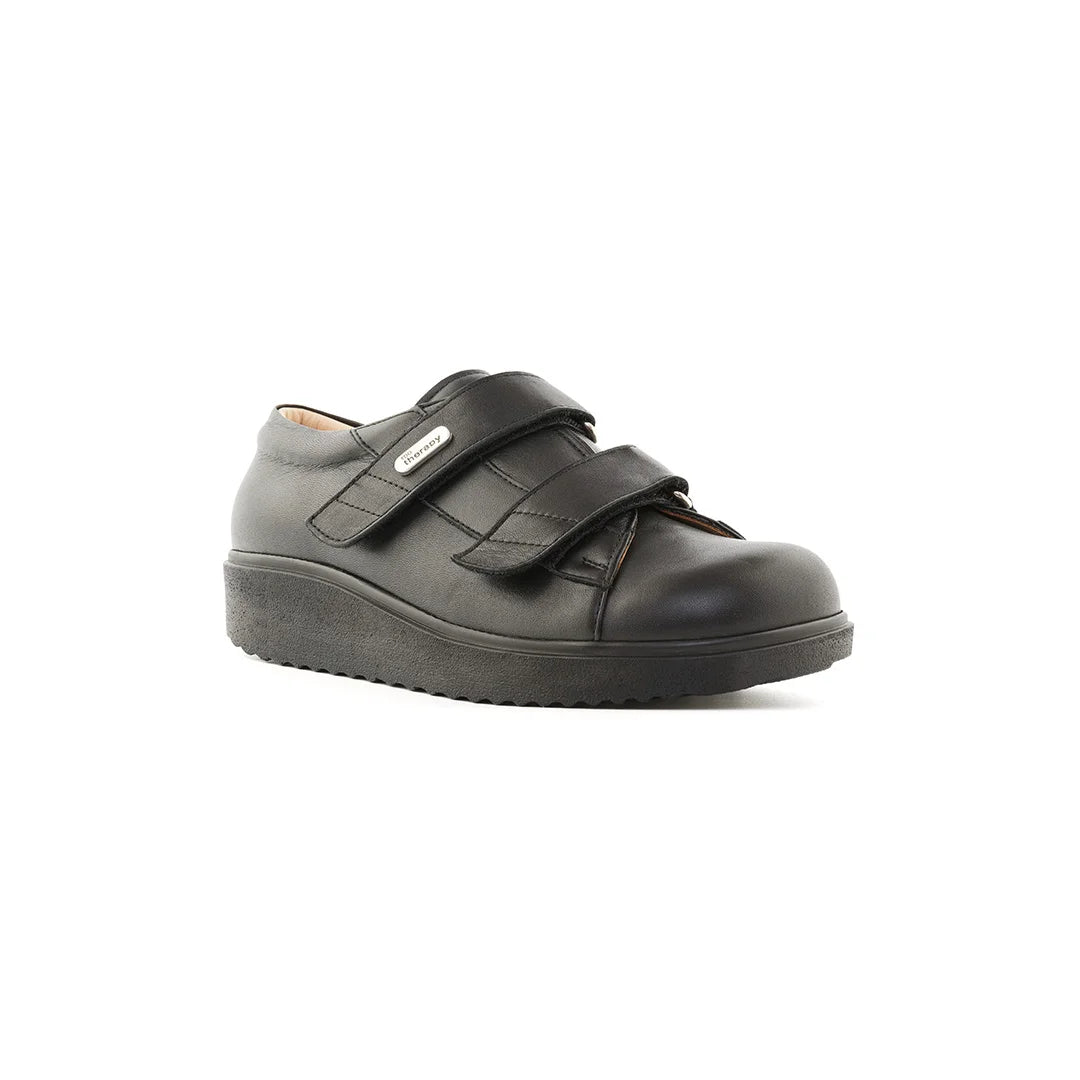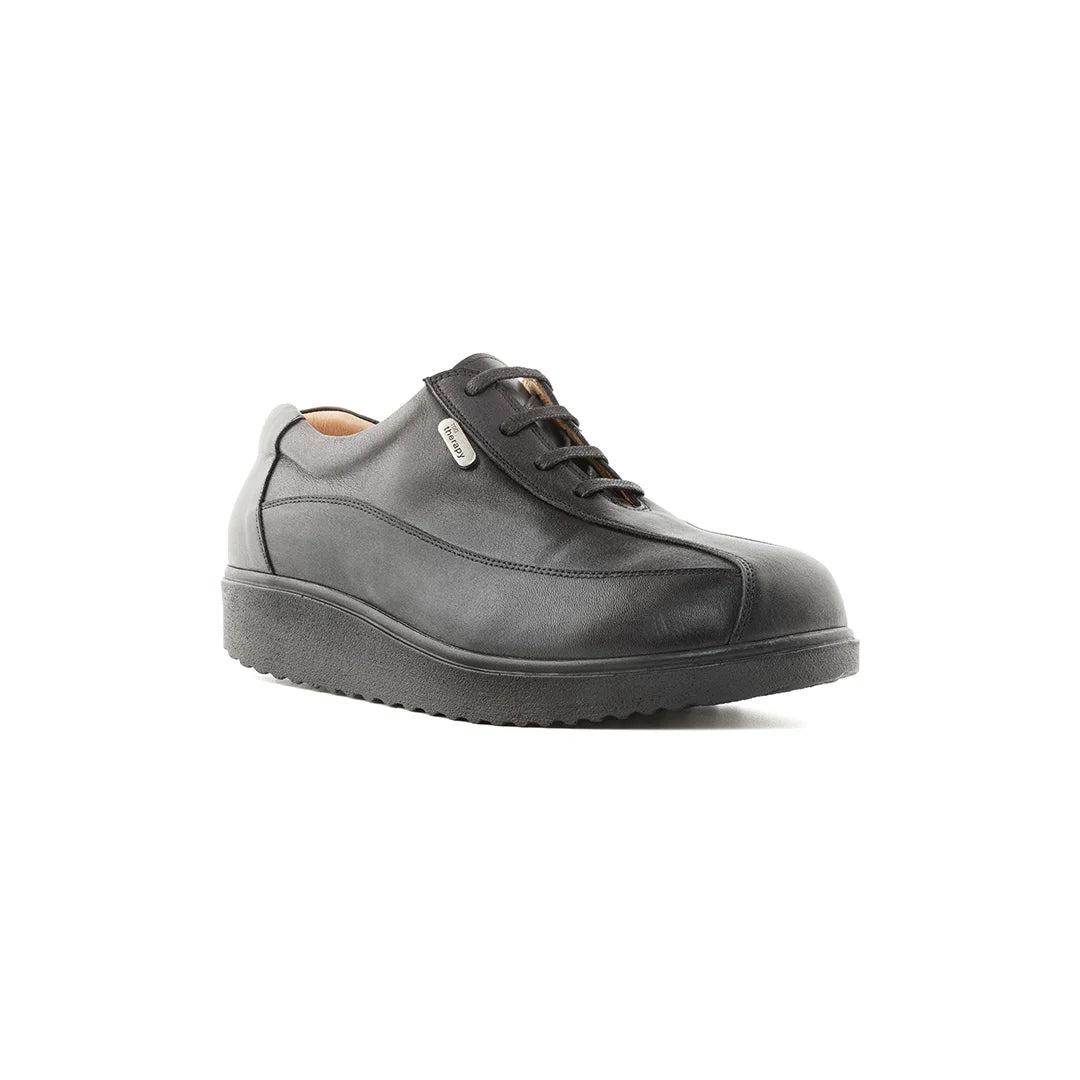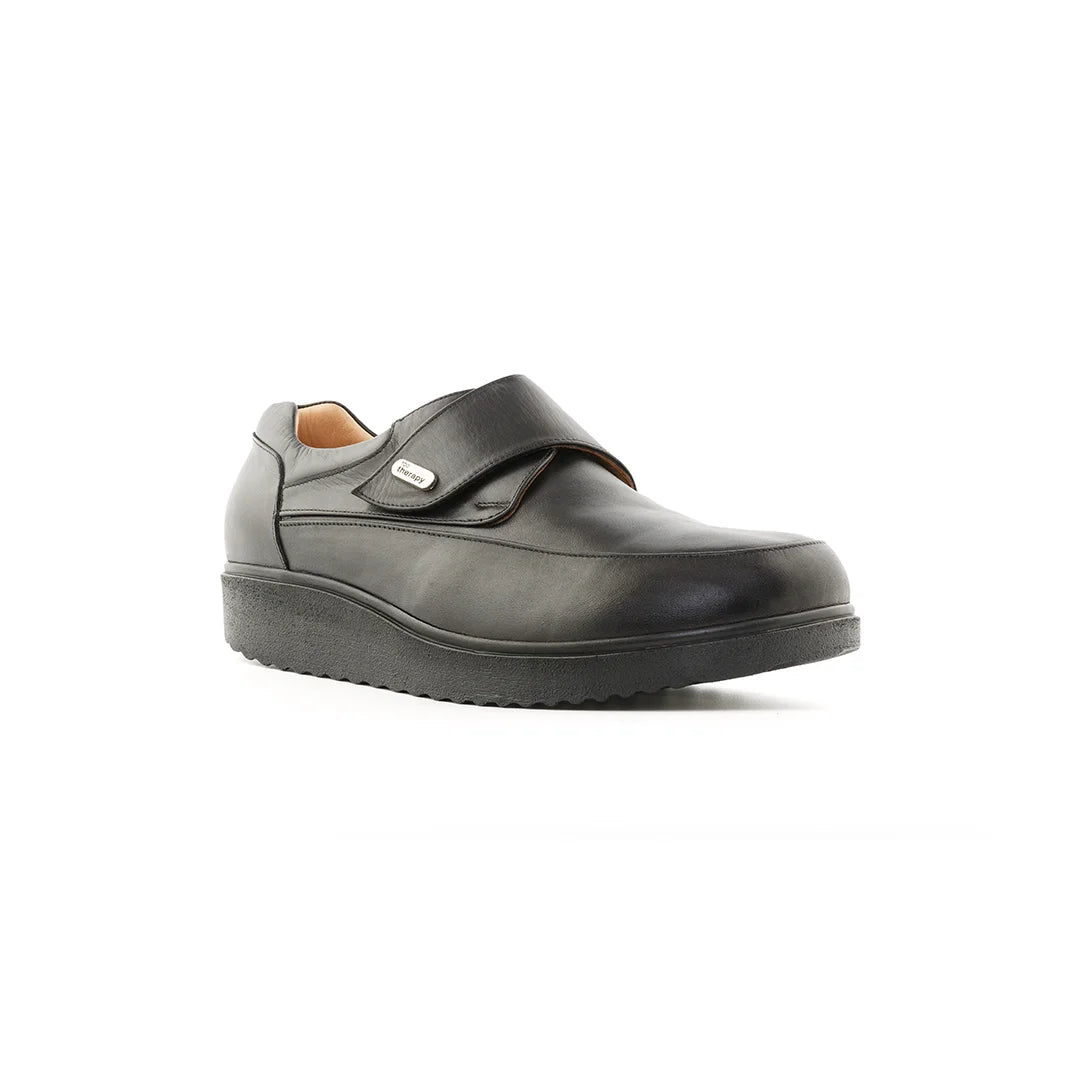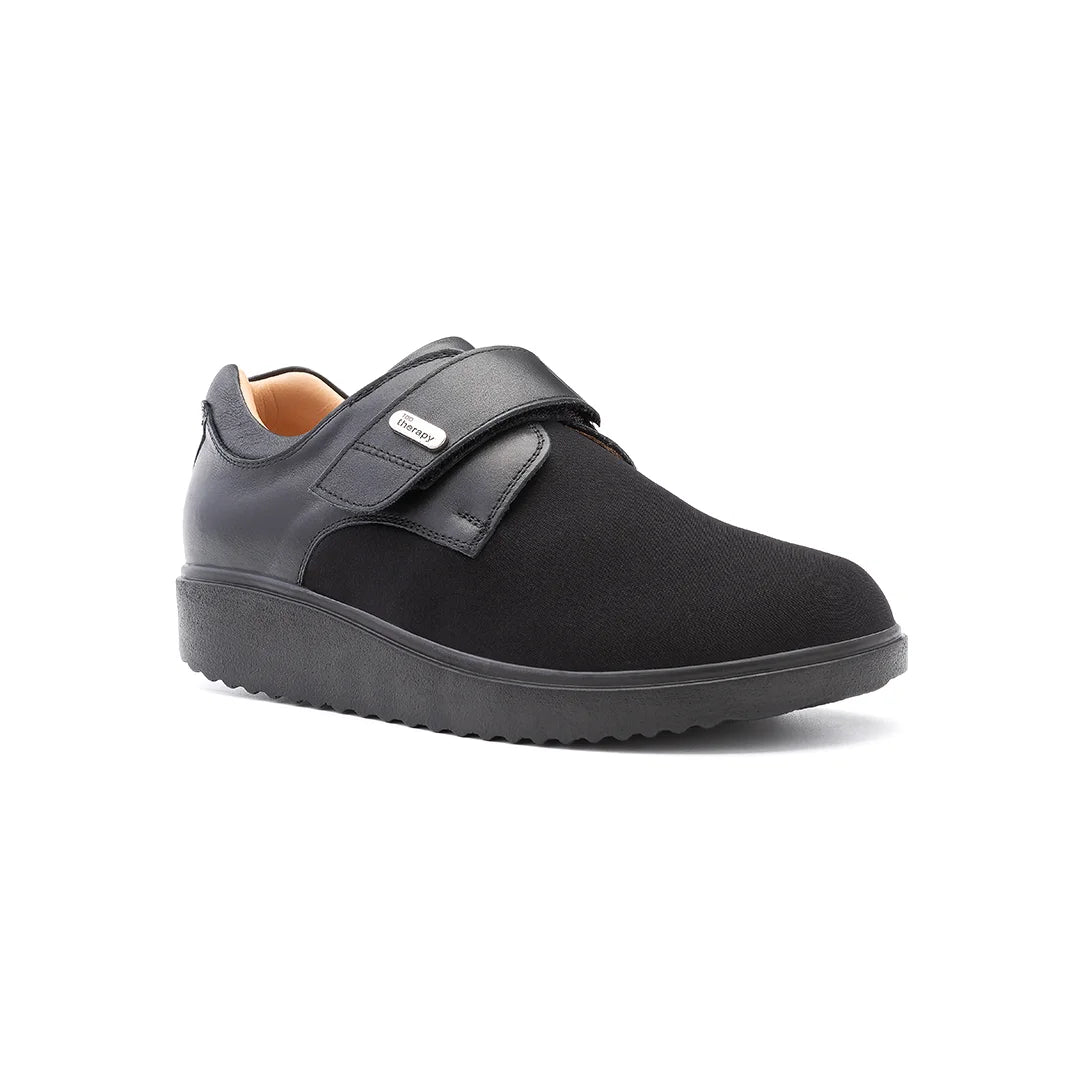Foot pain can make everyday activities, including exercise, feel daunting. Whether you’re dealing with plantar fasciitis, flat feet, or general discomfort, finding the right approach to stay active is key. At TDO Therapy, we believe that combining yoga and stretching with orthopedic shoes for foot health offers a powerful solution. This low-impact practice strengthens your feet, improves flexibility, and supports pain-free movement. In this guide, we’ll explore how yoga, stretching, and orthopedic shoes work together to promote foot health, share beginner-friendly poses, and provide tips for choosing the right footwear.
Why Foot Health Matters for Yoga and Stretching
Your feet are the foundation of every movement, especially in yoga and stretching routines. Conditions like plantar fasciitis, bunions, or flat feet can disrupt balance and increase the risk of injury during exercise. Poor foot alignment may also lead to discomfort in your knees, hips, or lower back.
Yoga and stretching with orthopedic shoes for foot health addresses these challenges by:
- Strengthening foot muscles to improve stability.
- Enhancing flexibility to reduce tension in the arches and heels.
- Supporting proper alignment to prevent strain during poses.
Orthopedic shoes play a crucial role by providing arch support, cushioning, and stability. Unlike regular footwear, they’re designed to accommodate foot conditions, making them ideal for yoga practitioners seeking pain relief.
Benefits of Yoga and Stretching with Orthopedic Shoes for Foot Health
Incorporating yoga and stretching into your routine while wearing orthopedic shoes offers numerous benefits for foot health. Here’s why this combination works:
- Reduced Foot Pain: Yoga poses and stretches target tight muscles and fascia, while orthopedic shoes cushion sensitive areas like the heels and arches.
- Improved Foot Strength: Poses like Mountain Pose strengthen intrinsic foot muscles, supporting better balance and posture.
- Enhanced Flexibility: Stretching exercises, such as toe curls, improve mobility in the feet, reducing stiffness.
- Better Posture and Alignment: Orthopedic shoes maintain proper foot alignment, reducing strain during standing poses like Warrior I.
- Injury Prevention: The combination of controlled movements and supportive footwear minimizes the risk of overextension or misalignment.
At TDO Therapy, we recommend orthopedic shoes designed for flexibility and support to maximize these benefits during your practice.

Best Yoga Poses and Stretches for Foot Health with Orthopedic Shoes
Ready to start? Below are five beginner-friendly yoga poses and stretches to promote foot health. Wear orthopedic shoes to ensure stability and comfort during practice.
1. Mountain Pose (Tadasana)
- Benefits: Strengthens foot arches and improves balance.
- How to Do It: Stand with feet hip-width apart, toes spread. Engage your arches by lifting them slightly. Hold for 30 seconds, breathing deeply.
- Tip: Orthopedic shoes with arch support enhance stability in this pose.
2. Tree Pose (Vrksasana)
- Benefits: Builds foot and ankle strength, improving balance.
- How to Do It: Shift weight to one foot, place the other foot’s sole on your inner calf or thigh (avoid the knee). Hold for 20-30 seconds per side.
- Tip: Use shoes with cushioning to reduce pressure on the standing foot.
3. Seated Forward Bend (Paschimottanasana)
- Benefits: Stretches the calves and feet, relieving tension.
- How to Do It: Sit with legs extended, reach for your toes, and hold for 30 seconds. Keep your spine straight.
- Tip: Orthopedic shoes with flexible soles allow natural foot movement.
4. Toe Stretch
- Benefits: Increases flexibility in toes and arches.
- How to Do It: Sit on your heels with toes tucked under. Hold for 15-20 seconds, then release. Repeat 2-3 times.
- Tip: Wear shoes with a wide toe box to avoid discomfort.
5. Calf Stretch
- Benefits: Relieves tightness in the Achilles tendon and heels.
- How to Do It: Face a wall, place one foot behind you, and lean forward, keeping the back heel grounded. Hold for 20 seconds per side.
- Tip: Shoes with heel support reduce strain during this stretch.
For those with foot conditions, modify poses by using props like a chair or wall for balance. Consult a professional at TDO Therapy for personalized guidance.
Choosing the Right Orthopedic Shoes for Yoga and Stretching
Not all orthopedic shoes are suitable for yoga and stretching. To maximize comfort and support, look for these features:
- Arch Support: Prevents collapse of the arches during weight-bearing poses.
- Cushioning: Absorbs impact, reducing strain on heels and forefeet.
- Flexibility: Allows natural foot movement during stretches and transitions.
- Wide Toe Box: Accommodates toes without crowding, ideal for conditions like bunions.
- Non-Slip Soles: Ensures grip on yoga mats or smooth surfaces.
At TDO Therapy, we offer a range of orthopedic shoes designed for active lifestyles. Check our product page for options tailored to yoga and stretching. When choosing shoes, ensure a proper fit by measuring your feet and trying them on during the afternoon when feet are slightly swollen.
Tips for Safe Yoga and Stretching with Orthopedic Shoes for Foot Health
To make the most of your practice while protecting your feet, follow these tips:
- Warm Up Properly: Start with gentle foot rolls or ankle circles to prepare your feet for exercise.
- Use a Yoga Mat: A non-slip mat provides extra grip, especially when wearing orthopedic shoes.
- Listen to Your Body: Avoid pushing through pain. Modify poses or reduce duration if discomfort arises.
- Practice Regularly: Aim for 2-3 sessions per week, starting with 10-15 minutes and gradually increasing time.
- Consult a Specialist: For persistent foot pain, book a consultation with TDO Therapy’s experts to address underlying issues.
By combining these tips with supportive footwear, you’ll create a safe and effective routine for foot health.
FAQ: Common Questions About Yoga and Stretching with Orthopedic Shoes for Foot Health
Can I do yoga with orthopedic shoes?
Yes, orthopedic shoes provide support and stability, making them ideal for yoga, especially for those with foot conditions like plantar fasciitis or flat feet.
What are the best yoga poses for foot health?
Poses like Mountain Pose and Tree Pose strengthen foot muscles, while stretches like toe curls and calf stretches improve flexibility and reduce tension.
How do orthopedic shoes help with foot pain during stretching?
Orthopedic shoes offer arch support and cushioning, reducing strain on sensitive areas like the heels and forefeet during stretching exercises.
Do I need special orthopedic shoes for yoga and stretching?
Look for flexible, supportive shoes with good arch support and a wide toe box, like those recommended by TDO Therapy.
How often should I practice yoga and stretching for foot health?
Aim for 2-3 sessions per week, starting with 10-15 minutes and gradually increasing duration for consistent foot health benefits.



